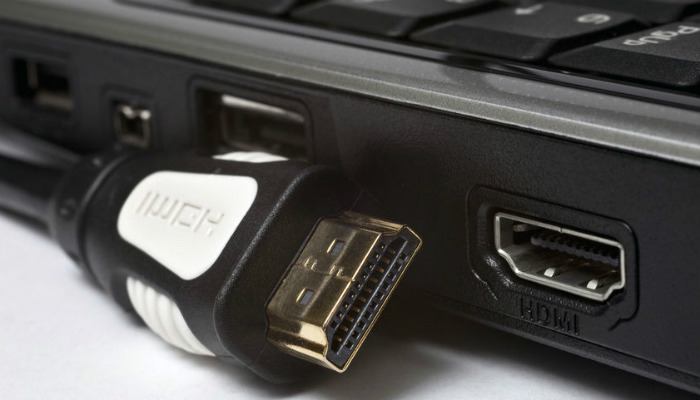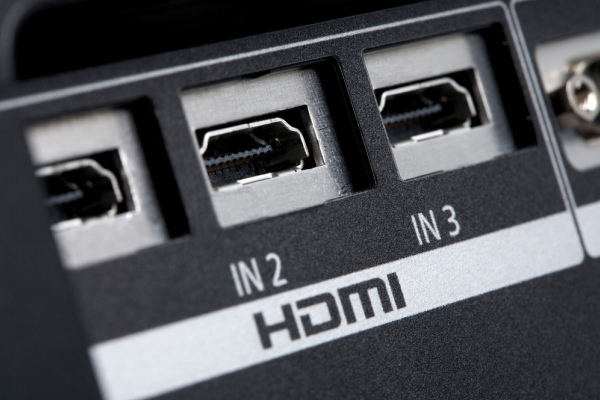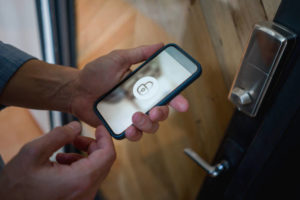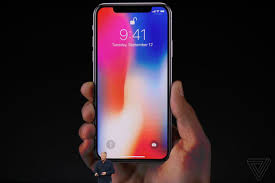While we have previously written pieces on how best to understand what HDMI is from a beginner’s perspective, some major advantages HDMI holds over other video display connectivity technology, the different usage applications your TV’s HDMI ports, how to buy the best HDMI cables, identifying and using the HDMI ports on your laptop and lots of HDMI-related guides and contents. What we have, however, managed to leave out is making our readers understand how the technology works.
Yes, the HDMI interface is a technology rather than an ‘ordinary’ port like many think it to be.
It’s a set of rules for allowing high-definition electronic devices to communicate.
Since its inception in 2002, HDMI has evolved to be the best and most convenient digital (audio and video) connection standard in terms of transfer speed, bandwidth, and features generally. Also, in its near two-decade of existence, five versions of the HDMI interface have been released, efficiently revolutionizing how our electronics and gadgets interact and share information. With the ability to transfer ‘raw, uncompromised, and unprocessed’ footages, the latest standard of the technology, HDMI 2.1, boasts of a transfer speed of 48Gbps in addition to many other features and improvements like support for 4K, 5K, 8K, and 10K contents. But how does HDMI get this done? How are these high-bandwidth connections created between HDMI-compatible devices? And what happens in the process? Find out below.
How HDMI works
For High-Quality Visual and Audio
While many wrongly believe that using HDMI interface, data is ‘directly’ shared in its pure form between devices, the process of signal transfer actually follows an encode-transport-decode pathway. Let’s break it down further.
On the device (PS4, Bluray player, set-top TV boxes) that’s sending a (video or audio) signal via HDMI port/cable, there’s a process of data encoding that takes place before the information is carried to the receiving device (HDTV, 4K monitor etc.). Also known as Transition Minimized Differential Signaling (TMDS), the process of encoding data in the HDMI interface so as to minimize the chances of quality loss or degradation happens thus:
1. Usually, when data is transferred in cables, the quality of the information declines as the signal travels down the cable length through several transition points. To eliminate signal degradation, the sending device uses the TDMS encoding process to reduce the number of transitions. Hence, protecting the signal as it travels to the receiving device and maintaining quality.
From the HDMI connector’s pins, signals travel through twisted pairs of copper cable. Three audio and video channels travel through two pins each, for a total of six pins. The TMDS clock, which allows devices to synchronize the incoming data, travels through one pair of pins.
2. The encoded signal in itself is then carried by one of the twisted TMDS pairs of the HDMI cable while the other pair carries an inverse copy of the same data/signal that’s being transmitted.
3. When the encoded (and protected) signal in the cable reaches the receiving device, the HDMI port calculates the difference between the original and inverted signals in the TMDS pairs and subsequently compensate for any signal loss that might have occurred.
The three-step encoding-decoding process of protecting signal quality is how HDMI helps maintain high-quality visual and audio between your devices.
For Data Protection
Asides providing audio and images in unadulterated quality, another highlight of the HDMI technology is its data protection capabilities. Using a technique known as High-Bandwidth Digital Protection (HDCP), HDMI can prevent data from being pirated.
HDCP is a copyright protection HDMI uses to ensure no one is ripping movies and shows.
How does HDMI prevent piracy of contents?
The HDCP content protection technique is basically an authentication protocol where a corresponding authentication is looked out for both on the receiving and sending device. This authentication code is an encrypted data which is usually stored on the Extended Display Identification Data (EDIP) of both devices sharing information. However, before data can be successfully received from the sending device/gadget/electronic, the authentication code on both devices have to be in conformity.
Subsequently, the sending device then proceeds to generate a new authentication key which both devices will now share henceforward. This is known as the Handshake Process. After the handshake, if an unauthorized device tries to intercept information, the source gadget immediately terminates data transmission between both devices.
The source device encodes its information using the key it generated it. The receiving device decodes it using the same information. It also makes sure that the key hasn’t changed and that the system is still secure every few minutes.
While the HDCP authentication protocol isn’t enabled by default, it is supported on all HDMI-compatible devices. However, older generations of HDMI devices and connections may not support the feature.
There you have it: how HDMI works and processes that happen when a connection is formed between two HDMI devices. Got any addition or questions? Let’s hear you in the comments.













